Airfares in the Asia- Pacific region increased by more than 33%, in North America and Europe by 17% and 12%, making air travel increasingly a luxury.
Air travel has always been a luxury, with only about 20% of the world's population having flown. Since the pandemic, ticket prices have increased in most regions of the world. The Asia- Pacific region has been hit the hardest, with a 33% increase compared to the same period in 2019. North America and Europe have seen increases of 17% and 12%, respectively.
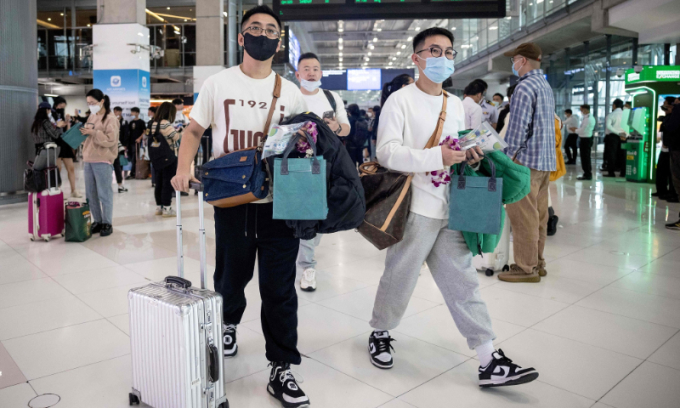
Chinese tourists at Suvarnabhumi Airport in Bangkok earlier this year. Photo: VCG
Asia has many countries such as China and Japan that have been closed for longer than Europe and North America to prevent the epidemic, and are just in the recovery stage, causing ticket prices in the region to increase the most.
One of the most talked-about topics in Hong Kong right now is the cost of air travel, often accompanied by sighs and memories of pre-pandemic days. Hong Kong-based travel agency Jebsen Travel said ticket prices are now 15-40% higher than in 2019. An economy-class return ticket from Hong Kong to Tokyo costs $650, compared to nearly $490 in 2019, and a Hong Kong to Surabaya (Indonesia) flight is now nearly $720, compared to $460.
Globally, ticket prices are forecast to continue to rise this year and into 2024.
In China, domestic tourism revenue during the May Day holiday increased 101% compared to before the pandemic, when about 274 million people traveled. International travel also reached a three-year high, with air ticket bookings soaring nearly 900% year-on-year and hotel bookings up nearly 450%. The average price of an international ticket was $304 during the holiday, about 30% higher than in 2019 as demand far exceeded supply, according to China's leading online travel app Trip.com.
Demand is high, but supply is a little more complicated by labor shortages at airlines and airports. In addition to unskilled workers, many airlines are cutting pilots, and training specialists often takes time. The closure of Russian airspace has also forced many routes to be rerouted, and fuel prices have risen, contributing to the price increase.
Major airlines are also not operating at full capacity because many planes have been grounded during the pandemic. The two main manufacturers, Boeing and Airbus, have not been able to deliver new aircraft quickly enough due to supply chain bottlenecks. Another factor that has prevented fares from falling is that many low-cost carriers, which have helped keep prices competitive, have not yet reopened their old routes. Jin Air, Jetstar Japan, Jeju Air, Mandarin Airlines, SpiceJet and IndiGo have not returned to Chek Lap Kok (Hong Kong International Airport). Meanwhile, Alitalia, Air Namibia, Flybe and 61 other airlines have gone bankrupt during the pandemic.
“No one is predicting that airfares will fall anytime soon. But as the impacts of climate change become more pronounced than ever, it makes sense to charge more for a service that has a big environmental impact anyway,” said Mark Footer, an aviation industry watcher.
Anh Minh (According to SCMP )
Source link





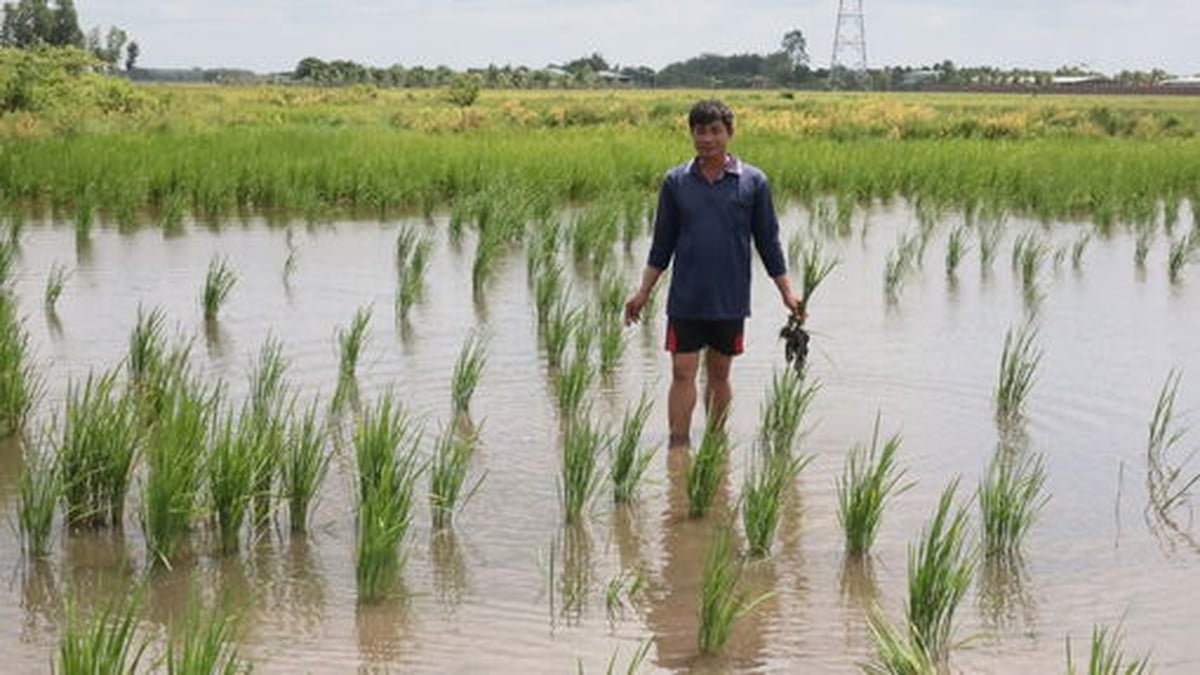
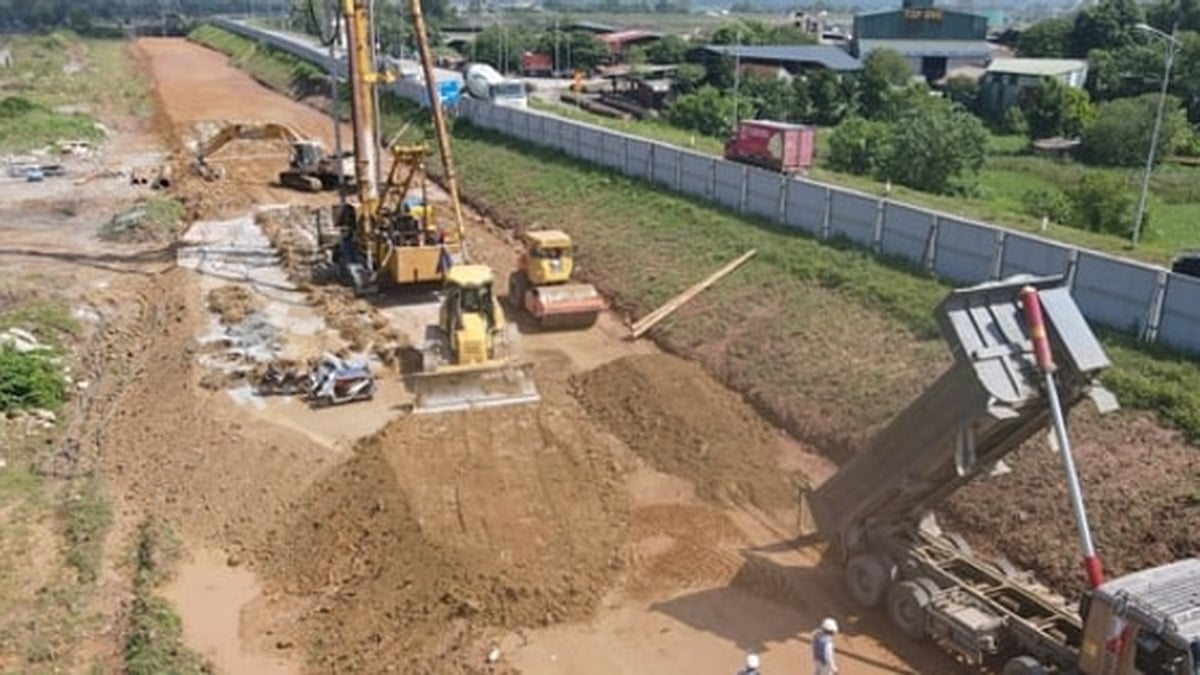

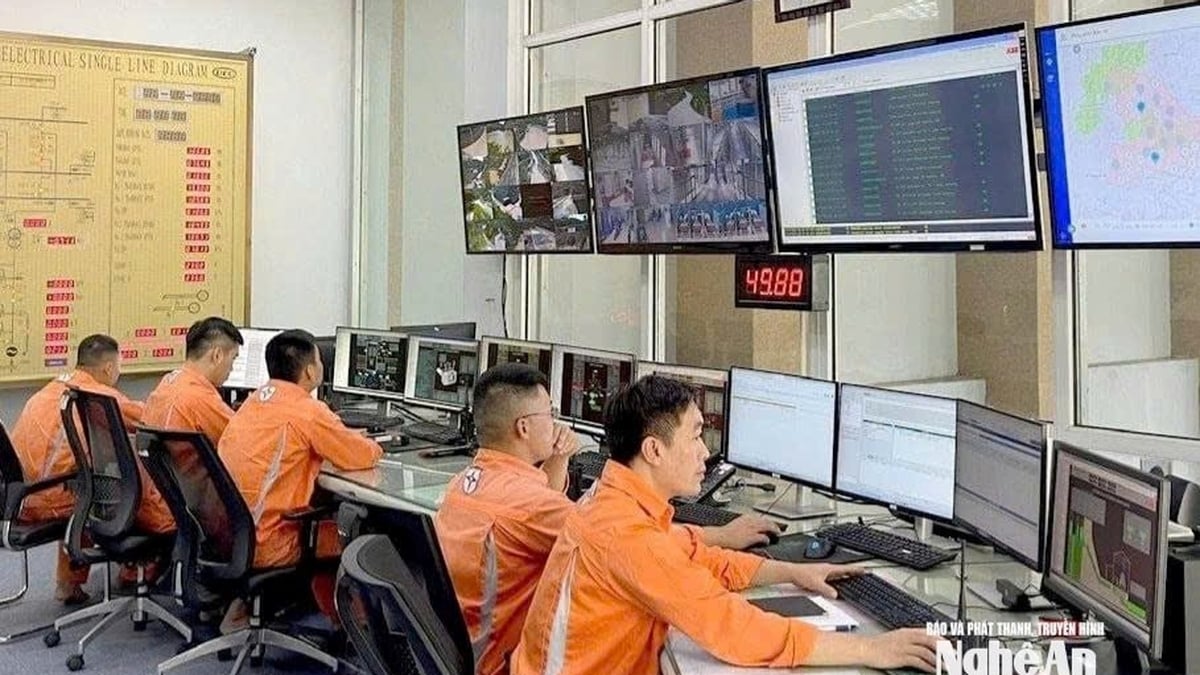

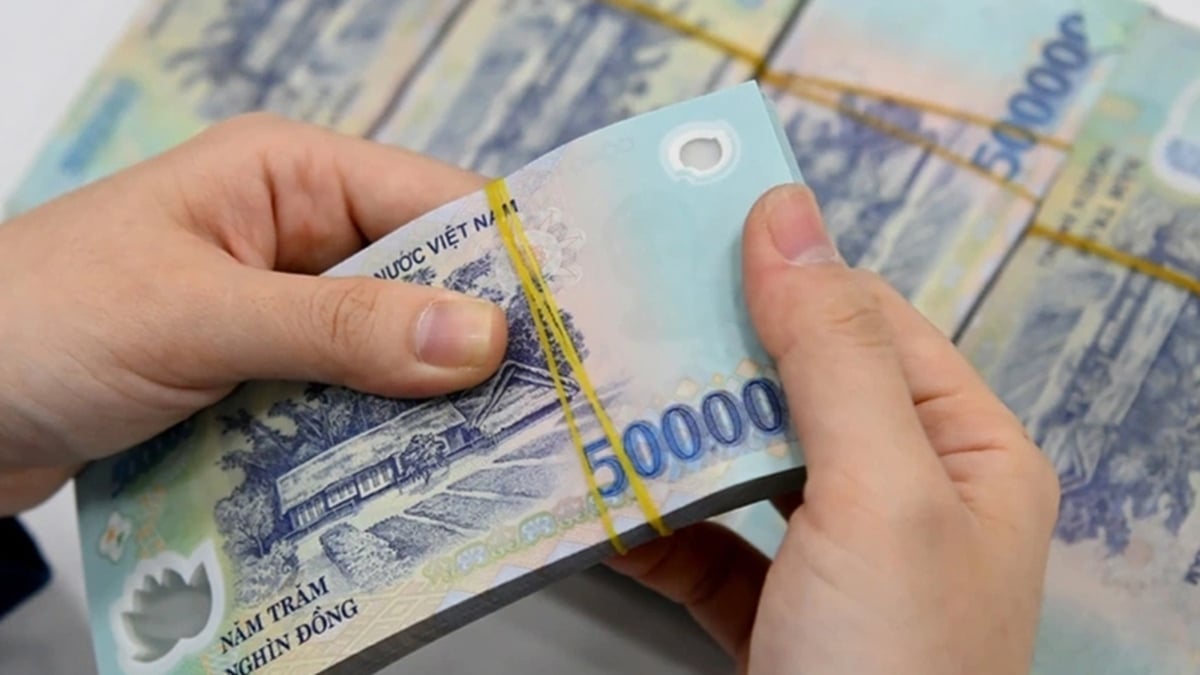

















![[Photo] National Assembly Chairman Tran Thanh Man visits Vietnamese Heroic Mother Ta Thi Tran](https://vphoto.vietnam.vn/thumb/1200x675/vietnam/resource/IMAGE/2025/7/20/765c0bd057dd44ad83ab89fe0255b783)










































































Comment (0)